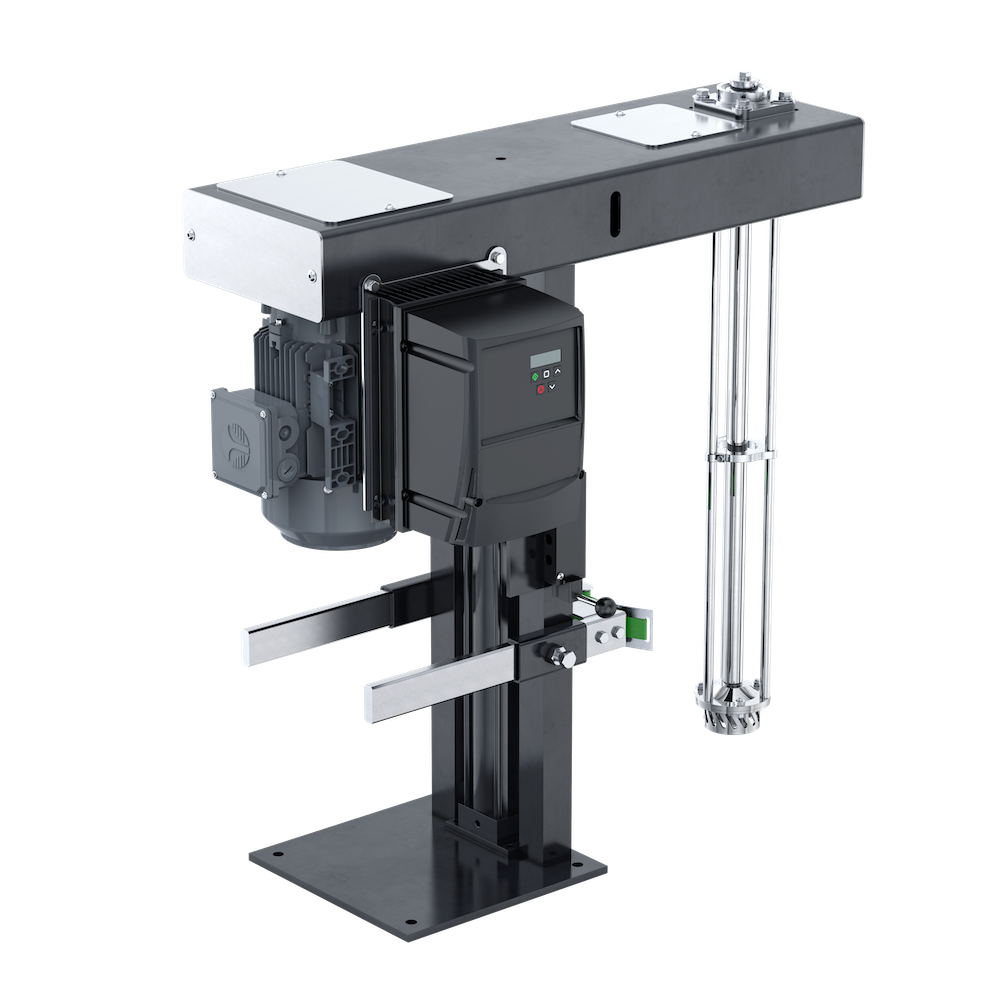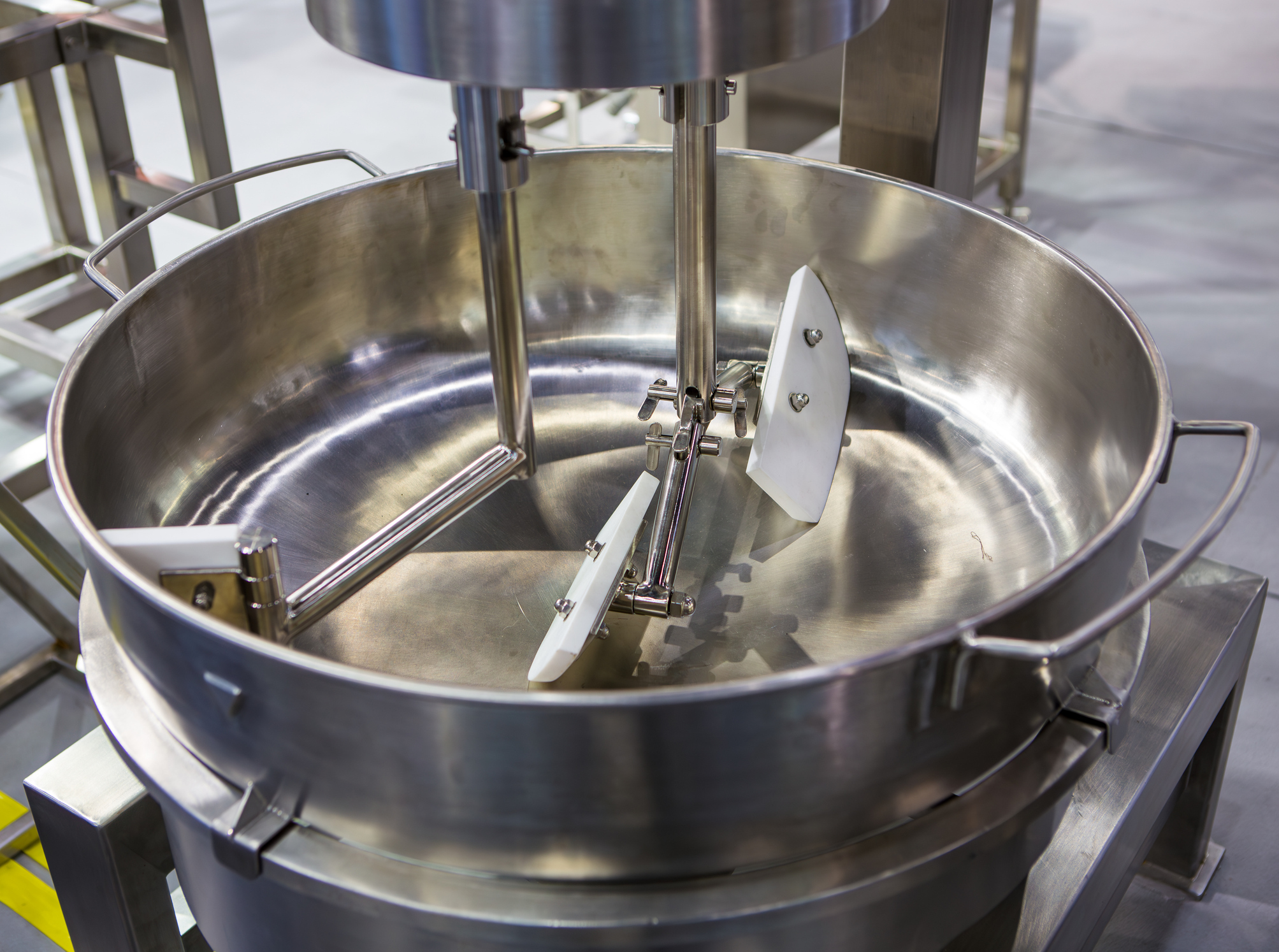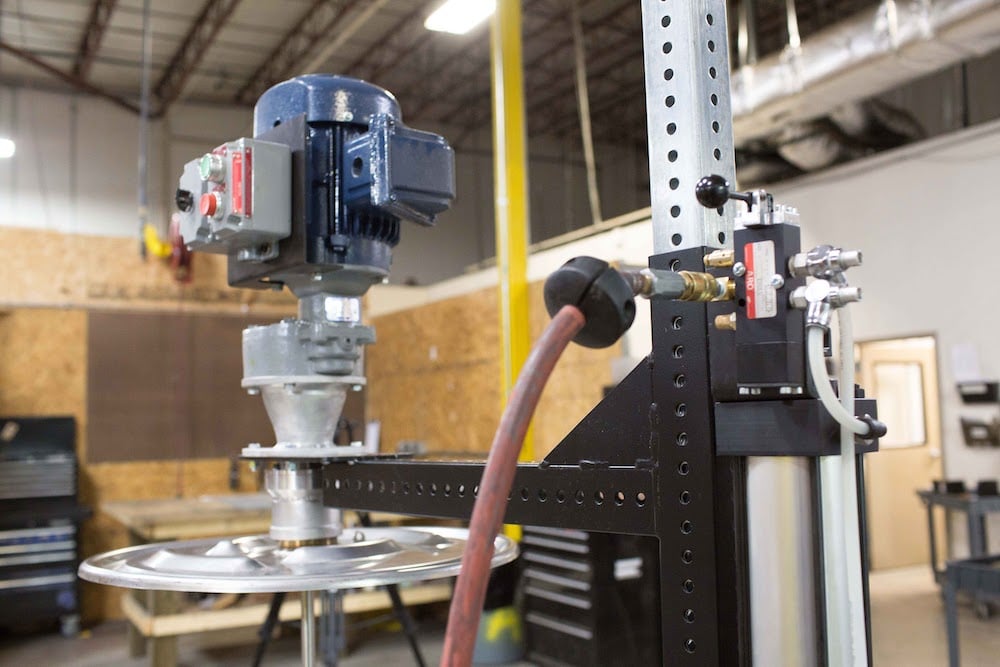How to Choose the Perfect Cosmetic Mixer
The perfect lipstick glides on smoothly. The ideal face cream leaves a flawless finish. A great blush leaves the wearer … blushing.

Access MXD Process resources including blogs, technical guides, manuals, and maintenance tips—everything you need to optimize, troubleshoot, and expand your process knowledge.
Discover who we are, the industries we serve, and the trusted brands behind our process equipment and environmental solutions. Learn how our team brings precision, innovation, and reliability to every project.
4 min read
MXD Process Jul 25, 2024 2:18:37 PM
Have you ever mixed a solution and found it just isn’t blending properly?
Uneven mixing can lead to wasted time, failed experiments, and inaccurate outcomes, which can be particularly frustrating in a research setting where precision is critical. This lack of uniformity can affect everything from chemical reactions to biological assays, ultimately compromising the validity of your results.
However, researchers need not worry!
By using the appropriate lab mixers tailored to your specific needs, you can achieve perfectly homogeneous mixtures consistently. Whether you're working with viscous liquids, powders, or delicate biological samples, selecting the right mixer can make all the difference in your experiments.
Let's examine the characteristics you should consider when choosing a lab mixer.
When selecting a lab mixer, several key factors must be evaluated so you get the best tool suited for your tasks.
From the nature of your samples to the specific requirements of your experiments, each consideration plays an important role in determining the most suitable mixer.
Key factors such as volume, viscosity, and compatibility will not only determine the type of mixer you select but also influence its operational settings and overall efficiency in achieving optimal mixing results.
Different applications may necessitate varying mixing speeds, durations, and techniques. This underscores the importance of selecting a mixer that aligns with these tailored needs to achieve optimal research outcomes.
There is a diverse range of lab mixers available, each specifically designed for unique applications. Each type serves different purposes and is tailored to specific applications, allowing scientists to select the best tool to enhance their research. Here are some common types to consider:

A benchtop disperser is a laboratory instrument used for mixing and dispersing viscous materials. It is a powerful tool that can be used to break down clumps and create homogeneous mixtures. Benchtop dispersers are available in a variety of sizes and can be used with a variety of mixing heads.

A benchtop rotor-stator mixer is a type of high-shear mixer that is used to create emulsions, suspensions, and homogenize mixtures. It works by using a high-speed rotor to create a shearing force that breaks down particles and creates a uniform mixture. Benchtop rotor-stator mixers are ideal for applications that require a high degree of homogeneity, such as in the production of pharmaceuticals, cosmetics, and food products.

This is a popular and versatile mixer that uses a rotating magnetic field to spin a stir bar immersed in the sample container. This creates a gentle mixing action suitable for low to medium-viscosity solutions. Electric stirrers are known for their quiet operation, compact size, and precise speed control.

This type of mixer utilizes compressed air to rotate an impeller within the sample vessel. Air stirrers are a good choice for working with volatile liquids or for situations where electrical sparks cannot be tolerated due to flammable materials. They are generally less expensive than electric stirrers but may be noisier.
Apart from the key factors mentioned above, several additional considerations can influence your decision when choosing a lab mixer. Here are a few to keep in mind:
Choose a mixer that is easy to operate and minimizes user fatigue. Look for models with adjustable height stands, intuitive controls, and ergonomic designs to enhance comfort during prolonged use.
Consider features like spill containment to enhance safety and usability. Mixers equipped with spill containment systems can prevent hazardous chemicals from causing accidents or equipment damage. Additionally, look for mixers with safety interlocks or shields that protect users from moving parts.
For labs with noise sensitivity, consider quieter models or sound enclosures to reduce auditory distractions. Noisy equipment can be a significant source of stress and distraction in a laboratory setting, impacting concentration and productivity. By selecting a lab mixer with a lower decibel rating or adding sound-dampening accessories, you create a more conducive work environment.
Evaluate the workspace layout to see if noise can be isolated. Sometimes, positioning noisier equipment in a separate room or enclosed space can mitigate the impact on researchers. Additionally, implementing sound-absorbing panels or curtains around noisy equipment can help localize and reduce overall noise levels in the lab.
Look for mixers with easily accessible parts for thorough cleaning and maintenance, ensuring long-term reliability. A mixer with detachable components or smooth, easy-to-clean surfaces can save significant time during maintenance routines and reduce the risk of contamination between experiments.
Consider the materials used in the construction of the mixer. Stainless steel and other non-corrosive materials are easier to clean and more resistant to damage from cleaning agents, ensuring that your equipment remains in good condition over time.
Opt for mixers that have fewer crevices and hard-to-reach areas where residues can accumulate. Such designs simplify the cleaning process and reduce the likelihood of cross-contamination.
Set a realistic budget and prioritize features that are most relevant to your research needs. Investing in a high-quality mixer can save time and resources in the long run. While the upfront cost of a premium mixer may appear daunting, the benefits of increased efficiency, reliability, and durability can offset the initial expense.
When establishing a budget, consider not only the purchase price but also the operational costs over the mixer’s lifetime. This includes maintenance, potential repairs, and replacement parts. High-quality mixers often come with comprehensive warranties and better customer support, which can alleviate long-term costs.
Selecting the right lab mixer isn't just about acquiring an instrument – it's about investing in the efficiency and reliability of your research. By considering the factors outlined above, you can choose a mixer that perfectly complements your research needs, saving you time, minimizing errors, and ultimately accelerating your scientific breakthroughs.
As science and technology continue to advance, so do the innovations in lab mixing technology.
Ready to upgrade your lab equipment? Explore our range of lab mixers today. With the right tools in hand, you can achieve accurate and consistent results in all your experiments.

The perfect lipstick glides on smoothly. The ideal face cream leaves a flawless finish. A great blush leaves the wearer … blushing.

Selecting the right industrial mixer manufacturer can feel like navigating a maze of options, each promising the best solutions for your mixing...

Once you have your impeller, motor, and shaft you’ll need to mount the mixer to the container or set up a stand where you can lower the mixer in and...